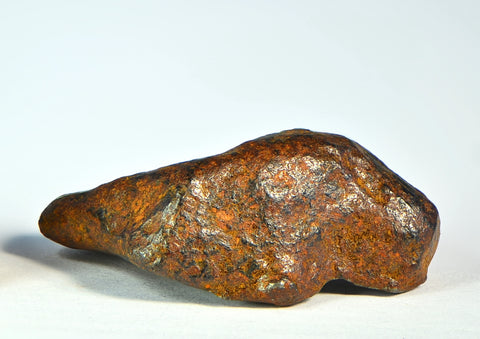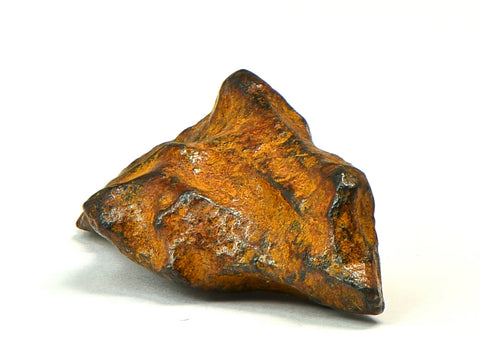3.93g Ungrouped Chondrite Meteorite Slice I NWA 12273 Very Rare
| Northwest Africa 12273 | |||||||||||||||||||||||||||
|---|---|---|---|---|---|---|---|---|---|---|---|---|---|---|---|---|---|---|---|---|---|---|---|---|---|---|---|
| Basic information |
Name: Northwest Africa 12273 This is an OFFICIAL meteorite name. Abbreviation: NWA 12273 Observed fall: No Year found: 2018 Country: (Northwest Africa) Mass: 280 g |
||||||||||||||||||||||||||
| Classification history: |
This is 1 of 24 approved meteorites classified as Chondrite-ung. [show all] Search for other: Ungrouped chondrites |
||||||||||||||||||||||||||
| Comments: | Approved 11 Dec 2018 | ||||||||||||||||||||||||||
| Writeup |
Writeup from MB 107:
Northwest Africa 12273 (NWA 12273) (Northwest Africa) Purchased: 2018 Classification: Ungrouped chondrite History: Purchased by Jay Piatek from a Moroccan meteorite dealer on October 25, 2018. Physical characteristics: Dense, single individual. Fusion crust absent; abundant bright metal; scattered small chondrules are visible. Petrography: (C. Agee, UNM) This meteorite consists of approximately 75% metal in the form of kamacite (~90%) and taenite (~10%) grains, diameters ranging from 50-500 μm. Minor troilite was observed throughout. Silicates occur primarily in the form of chondrules, most are porphyritic, diameters in the range 100-500 μm, making up approximately 20% of this meteorite. Geochemistry: (C. Agee) Olivine Fa26.2±3.3, Fe/Mn=55±5, n=29; low-Ca pyroxene Fs15.3±1.8Wo0.7.±0.2, Fe/Mn=23±2, n=11. Oxygen isotopes (K. Ziegler, UNM): 3 acid-washed fragments analyzed by laser fluorination gave δ18O= 5.258, 5.613, 7.249; δ17O= 3.939, 3.971, 4.786; Δ17O= 1.163, 1.007, 0.959 (linearized, all per mil, TFL slope=0.528). Classification: Ungrouped chondrite. This is a metal-rich chondrite with oxygen isotopes that overlap with LL-chondrites. The olivine Fa content is consistent with L3, however the low-Ca pyroxene Fs is consistent with H4. The high metal content is inconsistent with ordinary chondrite. Texturally, this meteorite resembles a CB-b, however the oxygen isotopes and Fa and Fs are unlike CB chondrites. Specimens: 23.2 g including a probe mount on deposit at UNM, Jay Piatek holds the main mass of 240 g. |
||||||||||||||||||||||||||
|
Data from:
|
|
||||||||||||||||||||||||||
We Also Recommend











